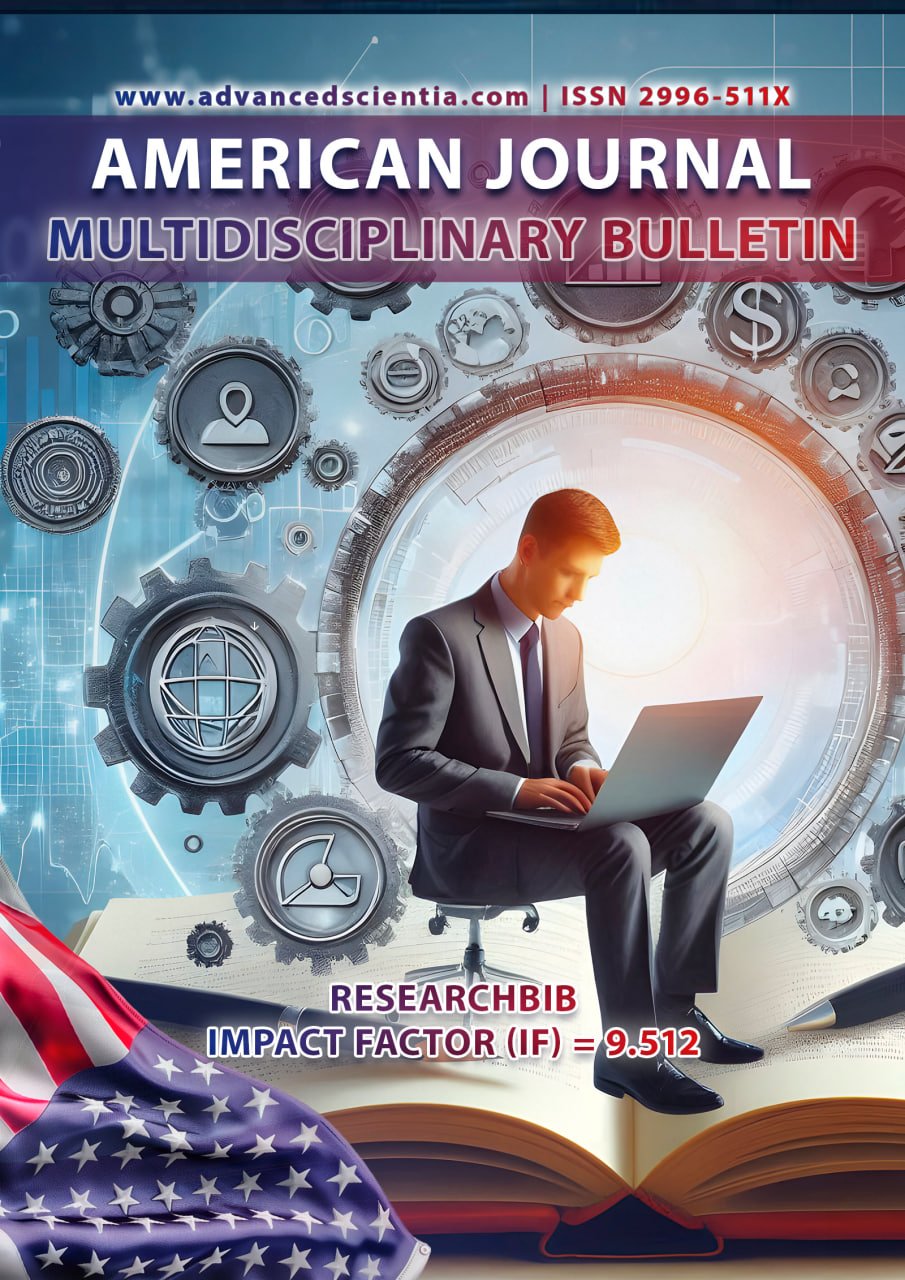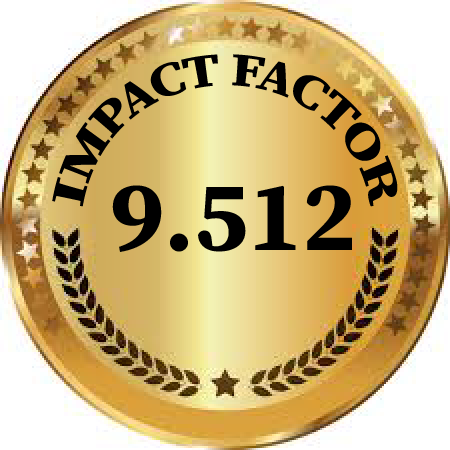THE INCEPTION OF CRIMINALISTICS
Abstract
This article explores the origins, evolution, and methodologies of Criminalistics, highlighting its interdisciplinary nature and growing connection with linguistics. The field of Criminalistics, traditionally focused on the scientific investigation and identification of physical evidence from crime scenes, has increasingly incorporated linguistic approaches to enhance the understanding of criminal behavior, criminal investigation methods, and the interpretation of evidence. The article discusses the historical development of Criminalistics, from the foundational work of Edmond Locard and Hans Gross to the significant contributions made by criminologists, legal scholars, and linguists. It underscores the pivotal role of linguistic analysis in modern forensic science, particularly in identifying traces of criminal activities through language, speech, and written expressions, and how these methods contribute to more precise investigations and legal proceedings. Additionally, the article draws connections between Criminalistics and criminology, emphasizing the collaborative nature of these disciplines in understanding and preventing crime.
References
1. Boyd, Neil. Criminology. 8th ed., Nelson Education, 2015, pp. 1–23.
2. Coulthard, Malcolm, and Alison Johnson. An Introduction to Forensic Linguistics: Language in Evidence. 2nd ed., Routledge, 2010.
3. Durkheim, Émile. The Rules of Sociological Method. Translated by W. D. Halls, edited by Steven Lukes, Free Press, 1982.
4. Fairclough, Norman. Language and Power. Longman, 1989.
5. Foucault, Michel. Discipline and Punish: The Birth of the Prison. Translated by Alan Sheridan, Vintage Books, 1977.
6. Garofalo, Raffaele. Criminology. Translated by Robert W. Millar, Little, Brown, and Company, 1914.
7. Halliday, M.A.K. Language as Social Semiotic: The Social Interpretation of Language and Meaning. Edward Arnold, 1978.
8. Hassan, Shereen, and Dan Lett. Introduction to Criminology. 2023, p. 577.
9. Jozef Metenko. Criminalistics and Criminology – Equalities, Functions, Differences, Methodologies. 2018, p. 23.
10. Leonard, Robert. “Linguistic Tools for Identifying Authorship.” International Journal of Speech, Language and the Law, vol. 19, no. 1, 2012, pp. 1–18.
11. Locard, Edmond. L’enquête criminelle et les méthodes scientifiques. Lyon, 1920.
12. Merton, Robert K. "Social Structure and Anomie." American Sociological Review, vol. 3, no. 5, 1938, pp. 672–682.
13. Merton, Robert K. Social Theory and Social Structure. The Free Press, 1968.
14. Saussure, Ferdinand de. Course in General Linguistics. Edited by Charles Bally and Albert Sechehaye, translated by Wade Baskin, Philosophical Library, 1959.
15. Sinclair, John. Corpus, Concordance, Collocation. Oxford University Press, 1991.
16. Svartvik, Jan. The Evans Statements: A Case for Forensic Linguistics. The Evans Inquiry, 1968.
17. Zehr, Howard. The Little Book of Restorative Justice. Good Books, 2002.
18. “Kriminalistika.” Mualliflar jamoasi. O‘zbekiston respublikasi adliya vazirligi, Toshkent davlat yuridik universiteti, 2018, p. 6.
19. “Kriminalistika.” Mualliflar jamoasi. O‘zbekiston respublikasi adliya vazirligi, Toshkent davlat yuridik universiteti, 2018, p. 10.
20. Сорокун, П. В., and Журавлева, О. С. История развития криминалистики в России. Эпоха науки, 2018.
21. Vinogradov, V.V. Stilistika. Teoriya poeticheskoy rechi. Moskva, 1959.






















